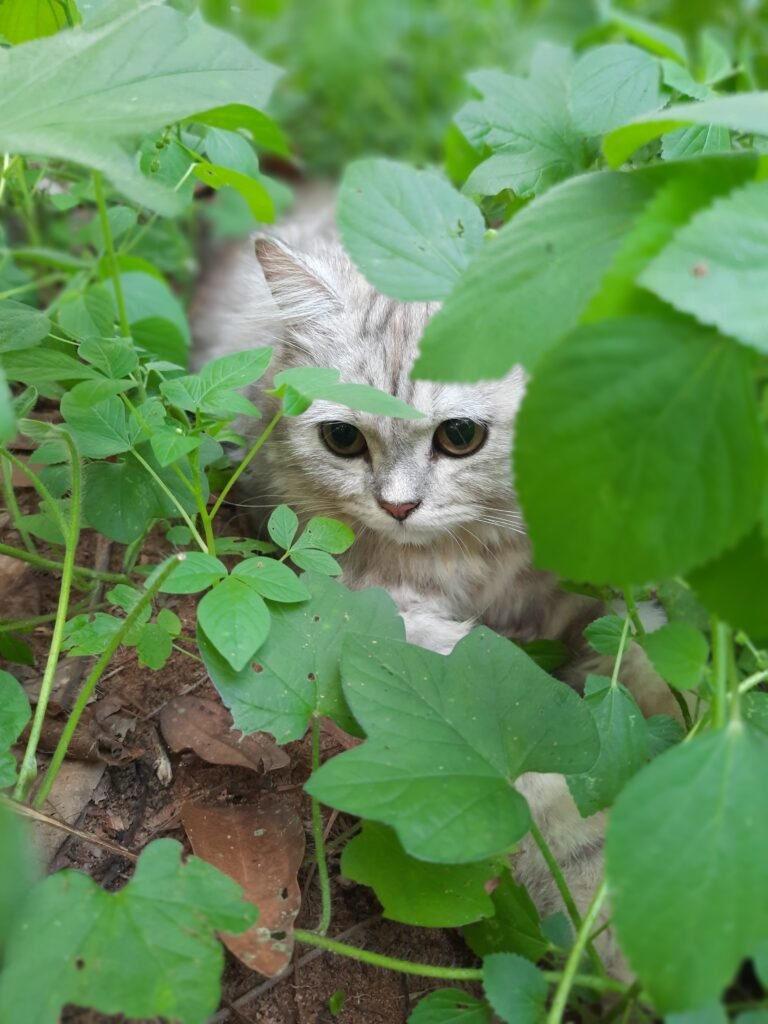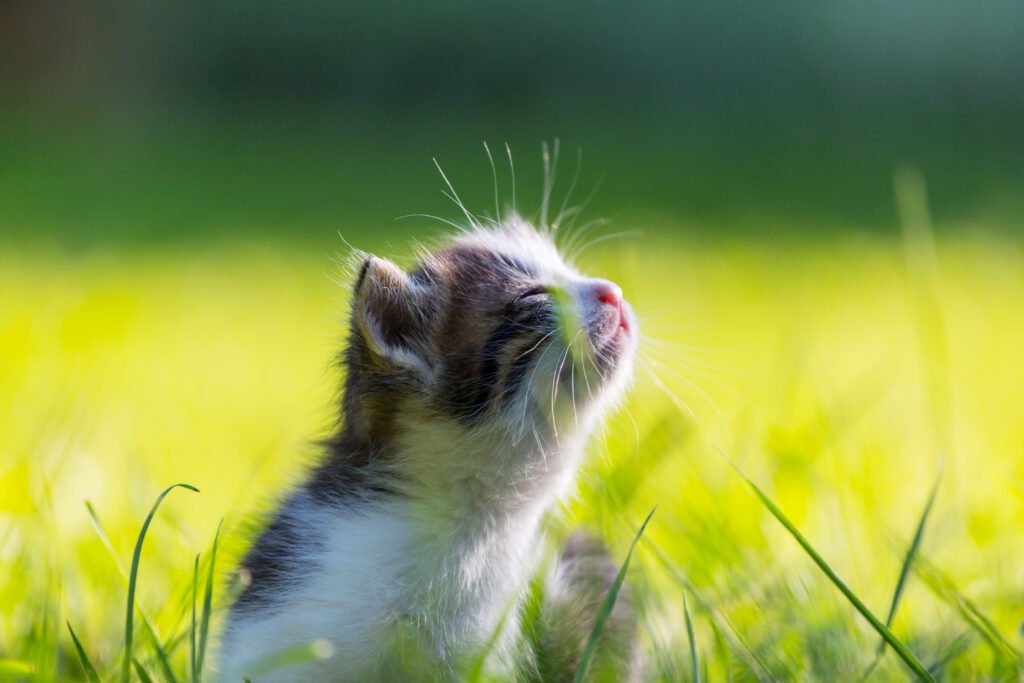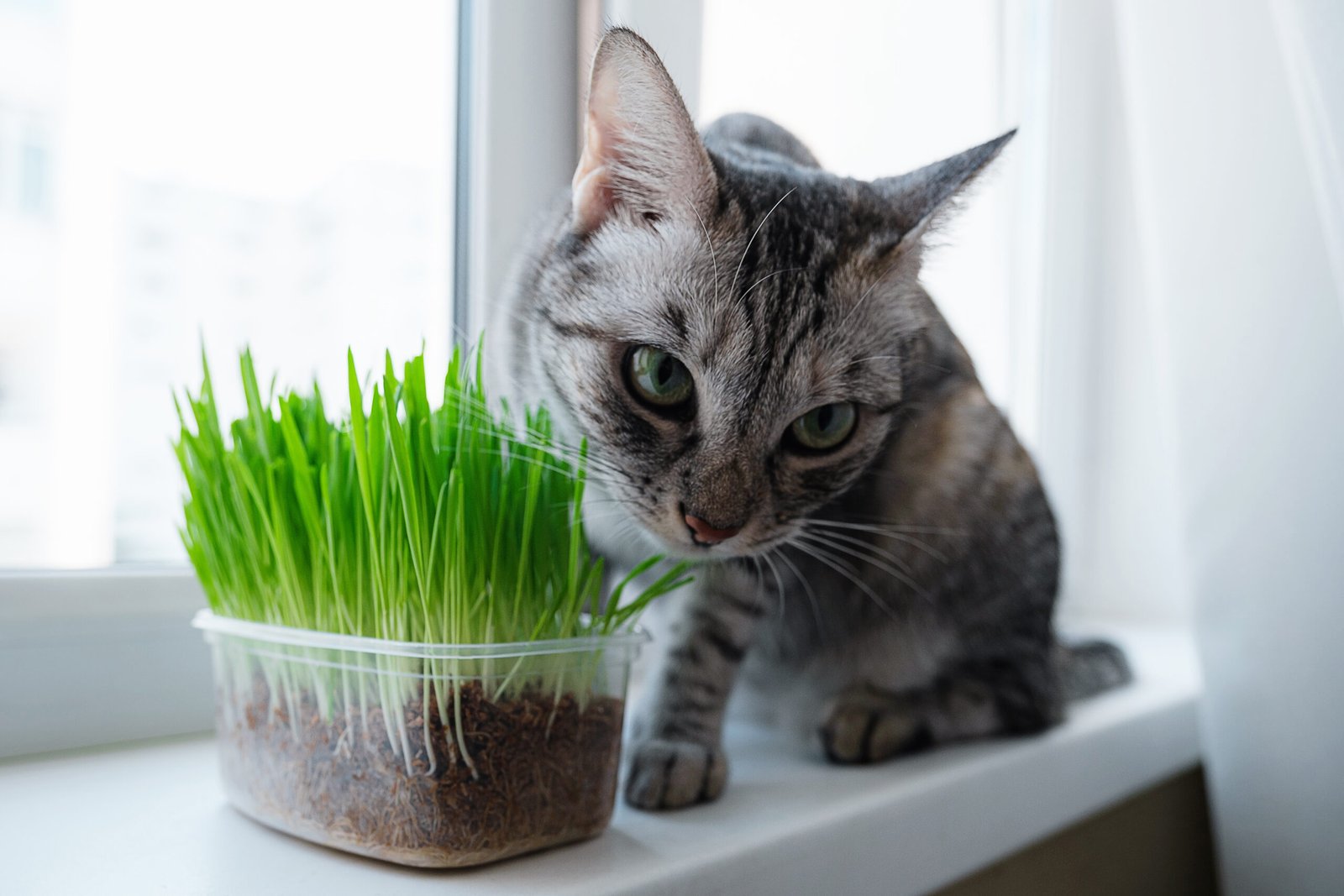Catnip has a reputation for creating some amusing and intriguing reactions in cats. If you’ve ever watched your cat roll, rub, or blissfully lounge around after encountering catnip, you’ve likely wondered, “What exactly does catnip do to cats?” In this article, we’ll explore the science behind catnip, why it affects cats, and how to use it to entertain and enrich your cat’s life.
What is Catnip?
Catnip, or Nepeta cataria, is an herb from the mint family native to Europe and Asia but now grows in many parts of the world. The plant has small, green leaves with white flowers and a distinctive minty smell. While many animals ignore it, for some reason, catnip has a unique effect on cats.
The active compound in catnip is nepetalactone, an essential oil found in the leaves and stems of the plant. This compound is responsible for cats’ reactions when they encounter a catnip.
Why Does Catnip Affect Cats?
The reaction to catnip is hereditary, with around 50-70% of cats responding to its effects. Cats have a special gland at the roof of their mouth called the vomeronasal organ or Jacobson’s organ, which allows them to process scents differently than humans. When cats sniff catnip, nepetalactone binds to receptors in this gland, sending signals to the brain that mimic “happy” pheromones, which can trigger various behaviors.
Interestingly, kittens under 3-6 months and elderly cats may not react to catnip, as their sensitivity to nepetalactone typically develops with age.

Common Reactions to Catnip
Every cat is different, but some typical reactions to catnip include:
- Rolling and Rubbing: Cats often roll around or rub their faces on catnip, seeming almost euphoric.
- Hyperactivity and Playfulness: Some cats become more energetic, pouncing and playing with toys.
- Relaxation and Lethargy: In some cases, cats might calm down, stretch out, or appear very mellow after exposure to catnip.
- Vocalization: Some cats may meow or purr more than usual.
These effects can last anywhere from 5 to 15 minutes, after which cats tend to lose interest until their sensitivity resets, which may take a couple of hours.
Why Do Some Cats Not React to Catnip?
Not all cats are affected by catnip, mainly due to genetics. The sensitivity to nepetalactone is inherited, so cats without this trait won’t respond to catnip. Additionally, certain cat breeds may be less prone to catnip’s effects. For those cats, alternatives, like silver vine or valerian root, can sometimes produce similar responses.
Is Catnip Safe for Cats?
Catnip is generally safe and non-toxic for cats. However, moderation is key. While most cats will self-regulate and stop after a short time, excessive exposure can lead to mild digestive upset or a temporary loss of interest in catnip. Using it sparingly is best to keep your cat entertained and avoid overstimulation.
Tips for Using Catnip:
- Catnip Toys: Stuffed catnip toys are popular for keeping cats entertained. Just refresh the toys with dried catnip or replace them periodically to maintain interest.
- Catnip Spray: This option is convenient for furniture or scratching posts, as it provides the effects of catnip without the mess.
- Loose Catnip: Sprinkle a bit on the floor, a scratching post, or in a play area to encourage playful behavior.

Benefits of Catnip for Cats
Using catnip responsibly can have several benefits for cats, including:
- Encouraging Exercise: Active cats are healthier cats, and catnip can stimulate play, pouncing, and hunting behaviors, keeping them fit.
- Reducing Stress: Some cats find comfort in catnip, which can be useful for calming them during stressful events like vet visits or when adapting to a new environment.
- Mental Stimulation: Catnip encourages natural behaviors like scratching, climbing, and playing, all of which are mentally stimulating for your cat.
Alternatives to Catnip
If your cat doesn’t react to catnip, don’t worry; there are alternatives:
- Silver Vine: This plant has a similar effect to catnip and is often more robust, making it a great option for cats that don’t respond to catnip.
- Valerian Root: Valerian has a stimulating effect similar to catnip but has a different smell that might appeal to particular cats.
- Tatarian Honeysuckle: While not as expected, this honeysuckle species can sometimes evoke reactions similar to catnip.
Wrapping Up: Why Cats Love Catnip
Catnip is a safe and enjoyable way to engage your cat, whether it sparks energetic play or a calming, relaxed mood. Watching the variety of reactions to this simple herb can be fascinating and entertaining for both cats and their owners. For more tips on using catnip responsibly and maximizing its benefits, consider exploring trusted pet care resources or consulting with your veterinarian.
With the right approach, catnip can bring joy to your cat’s life, satisfying their natural curiosity and instincts while providing fun and enrichment for both of you.

Leave a Reply